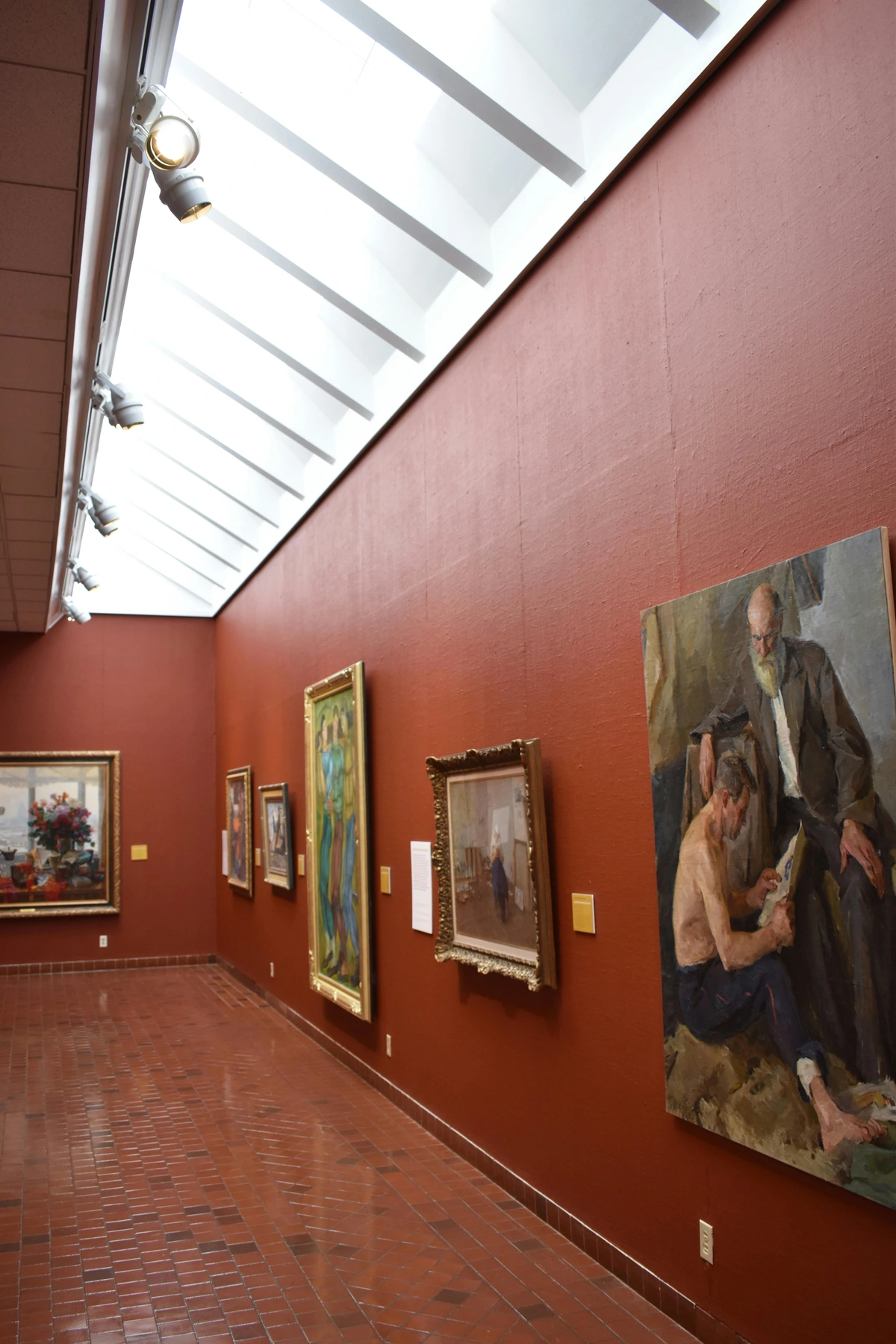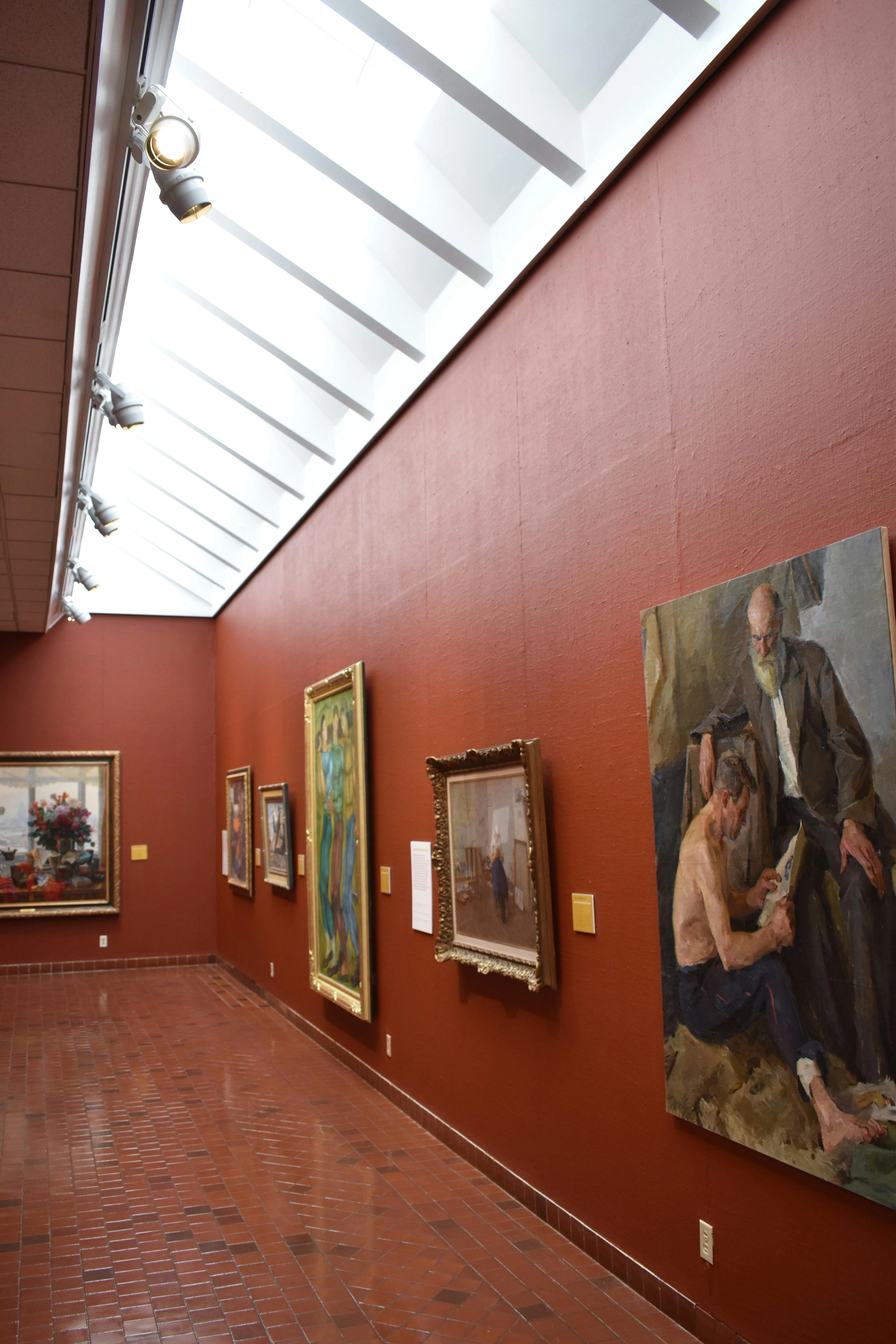
Do Museums Buy Art? The Complex Truth Behind Collections & Acquisitions
Do museums buy art? Yes, but it's a complex world of donations, strategic purchases, and hidden costs. An artist's personal dive into how collections are built, from provenance to the dream of being acquired.
So, Do Museums Actually Buy Art? Unpacking the Complex World of Collections
Ever stood in the hallowed halls of a grand museum, surrounded by masterpieces spanning centuries, and thought, "Wow, they must have an insane shopping budget"? You picture curators swiping platinum cards at art fairs or clicking "Buy Now" on a newly discovered Van Gogh. It seems logical, right? They have art, art costs money, therefore they must buy art.
Well, like finding out your favourite superhero has a surprisingly mundane day job, the reality of how museums acquire art is a little more complex, and perhaps less like a glamorous spending spree than you might imagine. Sometimes, I feel like the art world thrives on these little complexities, making things seem both simpler and infinitely more complicated than they need to be. It's a bit like trying to explain my own creative process – looks simple from the outside, but oh, the tangled thoughts within! Or maybe it's like trying to explain why I chose that particular shade of blue for an abstract piece; there's a whole internal logic that isn't immediately obvious. (Like these, for instance – the colours have their own story.)
So, let's pull back the curtain. Do museums buy art?
The Short Answer: Yes, But...
Yes, museums absolutely do buy art. They purchase paintings, sculptures, photographs, installations, and artifacts to enrich their collections, fill historical gaps, or represent new artistic movements.
However – and it's a significant however – purchasing art is often not the primary way museums acquire new pieces. It's just one tool in their collection-building toolkit, and often, it's not the most frequently used one. Think of it less like a weekly grocery haul and more like acquiring a very specific, rare vintage ingredient for a massive, ongoing banquet. And honestly, as an artist, I sometimes wonder if my work will ever be that 'rare vintage ingredient' or just... well, a nice side dish someone might pick up at /buy.
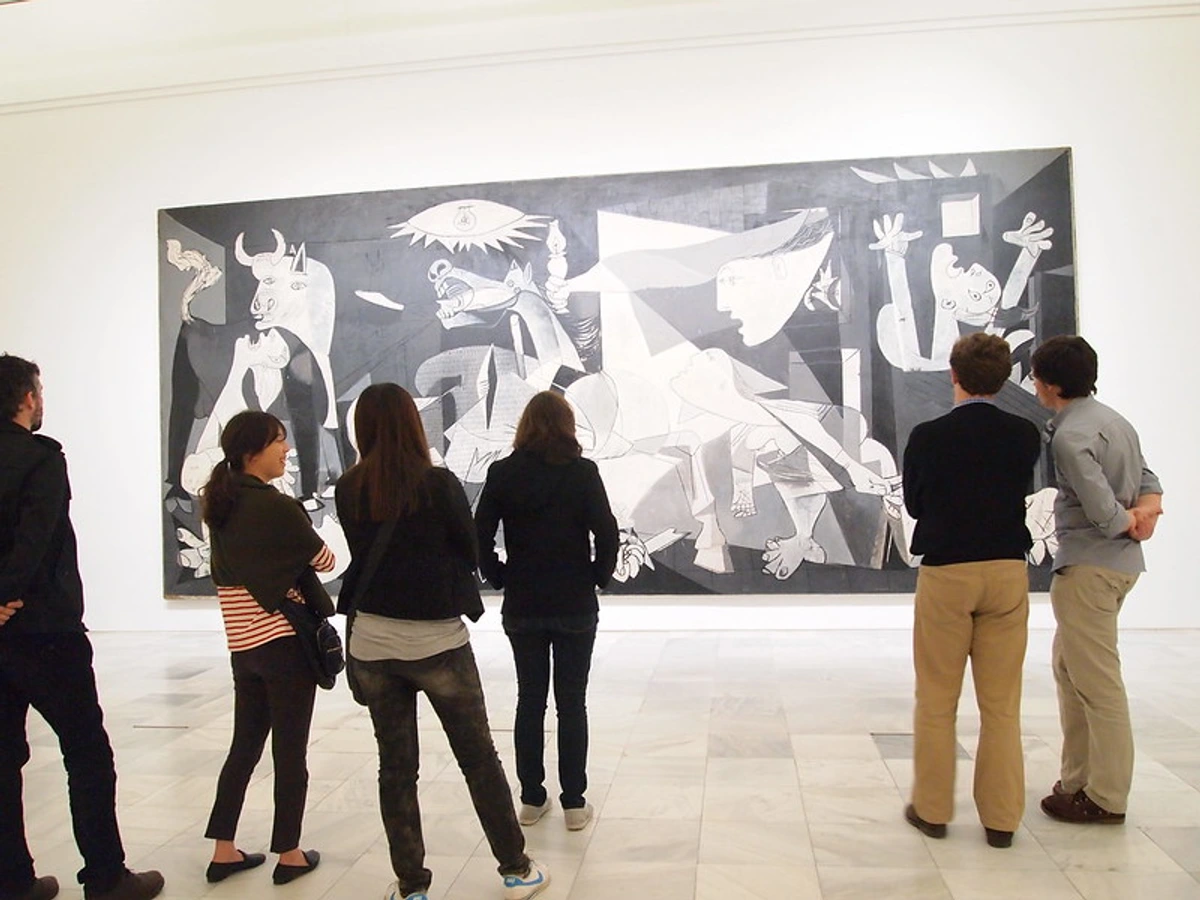
How Museums Really Build Their Collections: Beyond the Shopping Cart
If direct purchases aren't the main event, how do these vast collections come together? Ah, the plot thickens! The truth lies in a blend of strategies, heavily leaning on generosity and strategic planning. It's also worth noting that the way museums built collections has evolved significantly over time. Historically, many major collections were formed through royal patronage, colonial acquisition (a complex and often problematic legacy we're still grappling with today), or the personal collections of wealthy founders. The 19th and 20th centuries saw the rise of public museums and a shift towards more professionalized curatorial practices. This meant developing defined collection mandates and rigorous processes for acquisition, moving away from purely personal taste or opportunistic accumulation towards filling specific historical, geographical, or artistic gaps. The modern era, particularly the last century, has seen a shift towards more structured acquisition policies, focusing on filling specific collection gaps and representing contemporary art, alongside the continued importance of private philanthropy.
1. Donations and Bequests: The Lifeblood
This is the heavyweight champion of museum acquisitions. A huge portion of art in museums around the world arrived as a gift. It's the quiet engine room behind the grand facade, powered by the passion (and sometimes strategic financial planning) of collectors.
- Who Donates? Wealthy collectors looking to share their passion, secure a legacy, or gain significant tax advantages. Artists themselves, or their estates after they pass away, might donate significant works. Sometimes, entire collections are bequeathed to institutions. Think of the Lehman Collection at the Metropolitan Museum of Art, a vast and significant group of works that came to the museum through a bequest, fundamentally shaping their holdings in certain areas. Donations can take various forms, too, not just outright gifts. There are promised gifts, where a collector pledges to donate a work in the future (often upon their death), allowing the museum to plan. There are also partial gifts, where a collector donates a percentage of ownership each year, often for tax benefits, eventually leading to the museum owning the whole piece. It's a long game, for both the donor and the institution.
- Why Donate? Beyond philanthropy, donating art can be a strategic financial move (art as an investment has many facets!). It also ensures the artwork will be preserved, studied, and seen by the public for generations – something a private collector can't guarantee. It's a way to make a permanent mark on cultural history. From an artist's perspective, seeing a piece you poured your soul into end up in a major collection, even via a collector's donation, must be an incredible feeling. It's like your work found its forever home, a place where it will be cared for and seen long after you're gone. It's the ultimate validation, I suppose, though the path to get a collector interested in the first place... well, that's a whole other story. It involves building a career, getting seen in galleries and art fairs, and hoping your work resonates deeply enough with someone to become part of their legacy, which might then become part of a museum's legacy. It's a fascinating chain of connection.
2. Purchases (Acquisitions): The Strategic Strike
When museums do open their wallets, it's rarely impulsive. The acquisition process is typically methodical and rigorous. It's less like impulse buying a cool print you saw online and more like a highly vetted, committee-approved mission. Museums often acquire works through established channels like major art galleries and auction houses, especially for historical or blue-chip contemporary pieces. These channels provide a level of authentication and market context.
- The Curator's Role: Curators, the subject-matter experts on staff, identify potential acquisitions that align with the museum's collection mandate (the defined scope and goals of their collection). They research the artwork's significance, condition, and provenance (its history of ownership). Provenance is crucial – it's how museums verify authenticity, ensure the work wasn't looted or illegally obtained, and understand its exhibition history. It's the artwork's CV, basically, and a sketchy one can be a dealbreaker. Researching artists and artworks is a massive part of their job, a deep dive into history, context, and market. As an artist, I sometimes imagine a curator poring over my own work's history, hoping every exhibition, every sale, every mention builds a solid, respectable provenance that one day might catch their eye.
- Committee Approval: A single curator usually can't just decide to buy something. Proposals typically go before an acquisitions committee, often composed of curators, museum leadership, board members (trustees), and sometimes key collectors or patrons. This is where the debates happen. Does it fit? Is it worth the price? Will it stand the test of time? It's a serious discussion, not just a quick nod. This committee's approval is often the final internal step before a purchase can be made, signifying the institution's formal commitment.
- Funding the Purchase: This is key. Museums usually have dedicated acquisition funds, often sourced from endowments, specific donations earmarked for purchases, or targeted fundraising campaigns. This is distinct from the museum's operating budget, which is like the household budget covering rent, salaries, electricity, and keeping the lights on. Acquisition funds are specifically for buying art, like a separate savings account just for big, important purchases. Museum patrons and 'friends' groups often play a vital role here, organizing events and campaigns specifically to raise money for new acquisitions, giving the museum that extra bit of purchasing power. Understanding art prices and market value is critical here; they need to know they're making a sound investment, both culturally and financially.
- Acquisition Criteria: What makes the cut? It's a multi-faceted decision, like judging a complex piece of abstract art – you look at different layers. (Like this one? What layers do you see?) Sometimes a purchase is necessary because a work is so historically significant or represents such a critical turning point that waiting for a donation isn't feasible or likely. It might be a unique piece unlikely to ever come onto the donation market, or it might fill a critical gap in the collection that donations haven't addressed.
- Alignment: Does it fit the museum's mission and existing collection? Is it a missing puzzle piece?
- Significance: Is it a key work by an important artist? Does it represent a crucial movement or moment in art history?
- Condition: Is it well-preserved? What are the long-term art care needs? A stunning piece with major conservation issues might be too costly in the long run.
- Provenance: Is its ownership history clear and legitimate? As mentioned, this is non-negotiable. A work with questionable provenance, even if a masterpiece, will almost certainly be rejected. It's a matter of ethics and legality.
- Value: Does the price align with market value and available funds? Is it a responsible use of the museum's resources?
- Relevance: Does it speak to contemporary issues or fill a gap in representing diverse voices or new media? Museums increasingly face pressure to build collections that reflect current social and cultural landscapes, which can influence purchasing decisions.
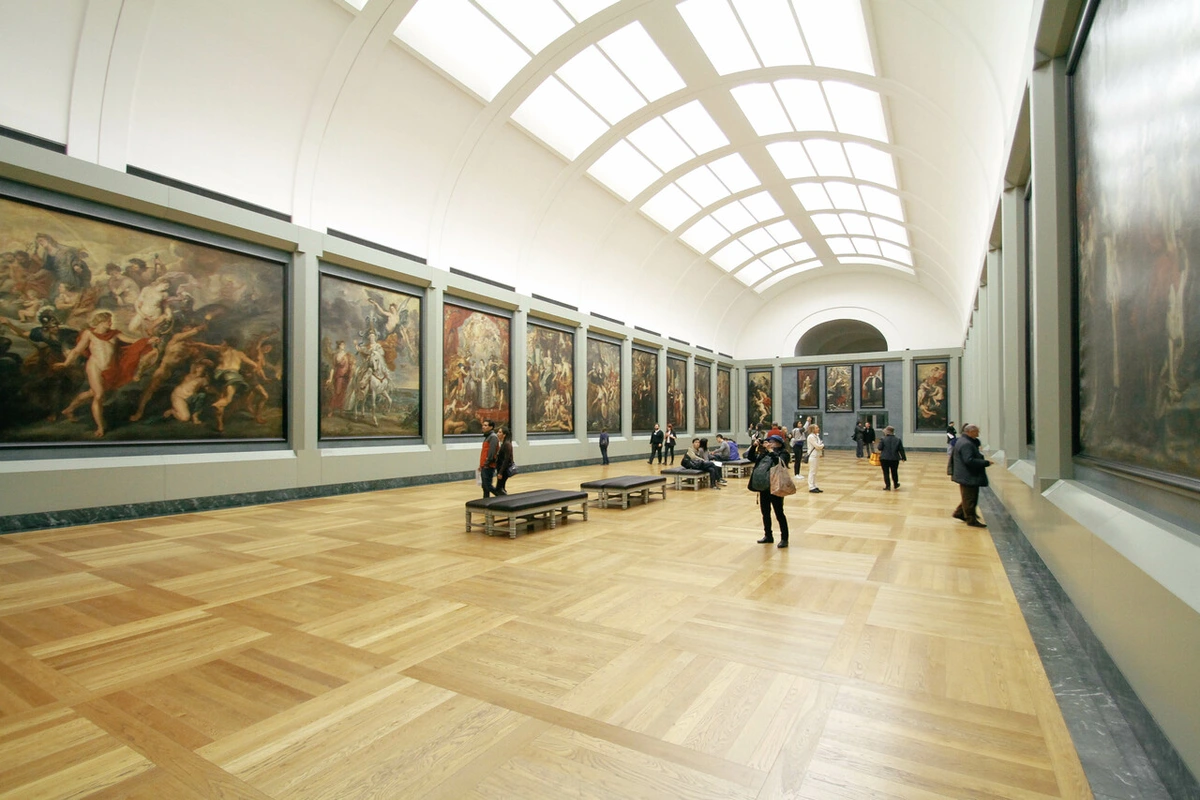
3. Exchanges and Deaccessioning
Sometimes, museums refine their collections by deaccessioning – formally removing an artwork from the collection. This is usually done through sale or exchange. It's often controversial, sparking debates about public trust and the museum's role as a steward of cultural heritage. However, when done ethically and according to strict guidelines (like those set by major museum associations such as the American Alliance of Museums (AAM) or the International Council of Museums (ICOM)), it can be a way to acquire funds specifically for new, more relevant purchases, or to trade for a piece that better fits their mission. These guidelines almost always stipulate that funds generated from the sale of deaccessioned art must be used only for new acquisitions or direct care of the collection, never for general operating costs. It's a way to prune the collection to help it grow stronger in specific areas, though it's a process fraught with potential pitfalls and public scrutiny.
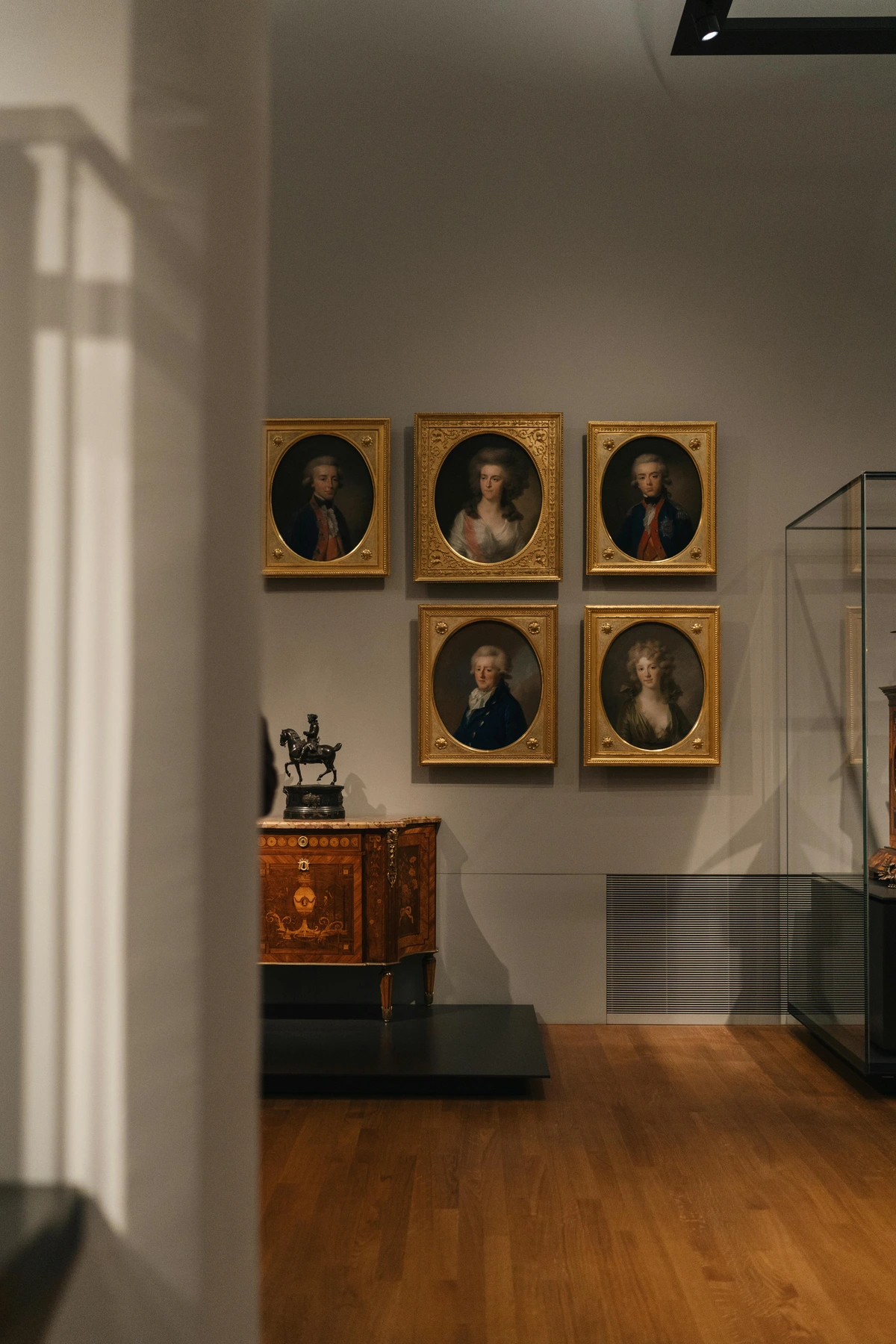
What Kind of Art Are Museums Buying?
It varies hugely! It's not a one-size-fits-all shopping list. The type of art a museum acquires is dictated by its specific mission and collection plan.
- A museum focused on Old Masters won't likely be buying contemporary street art.
- A modern art museum might prioritize works from the 20th century or specific movements like Cubism or Abstract Expressionism.
- Institutions might actively seek works by underrepresented artists or focus on specific media like photography or digital art.
- They might target established, blue-chip artists (established, highly valued artists with a strong market history, like Picasso or Rothko) or strategically acquire works by promising emerging artists whose careers they believe are historically significant. It's a constant balancing act between reflecting history and capturing the present, deciding which threads to pull to weave the ongoing tapestry of art history.

Why Don't Museums Just Buy More Art?
If buying is an option, why isn't it happening constantly? Why aren't museums just hoovering up everything they can? Several factors come into play, making the acquisition budget feel less like a bottomless pit and more like a carefully guarded treasure chest.
- Budget Constraints: Acquisition funds, while sometimes substantial (especially for major institutions like the Met or MoMA), are finite and often compete with other institutional priorities. Remember that distinction between acquisition funds and the operating budget? Running a museum is incredibly expensive! Think of the operating budget as keeping your house running – mortgage, utilities, food. The acquisition fund is like your separate savings account for buying a new car or making a major home renovation. You can't use the car fund to pay the electricity bill, and museums generally can't use acquisition funds for salaries or exhibitions. There's also the pressure to acquire works that reflect contemporary social and cultural shifts, which can sometimes compete with acquiring historical masterpieces for limited funds.
- Skyrocketing Market Prices: The cost of original art, especially by well-known artists, can be astronomical, putting many desirable works out of reach for all but the wealthiest institutions. The price tags you see at major auctions? Yeah, most museums can only dream.
- Collection Care Costs: Acquiring an artwork is just the beginning. It's not like buying a book you can just stick on a shelf. There are significant ongoing costs associated with storage, insurance, conservation, and exhibition. This includes maintaining precise climate control (temperature and humidity) in storage and galleries, investing in specialized, secure storage facilities, and funding regular condition checks and necessary treatments by expert conservators. Protecting your painting at home is one thing; doing it for thousands or millions of objects is a massive, long-term financial commitment.
- Space: Museums only have so much physical storage and gallery space. They can't acquire endlessly without running out of room to properly house and display the works. As an artist constantly trying to find space for finished canvases in my own modest studio, I can only imagine the logistical nightmare of housing a collection of millions of objects! It's a constant puzzle.
- Focus on Existing Collection: Many museums prioritize researching, conserving, and exhibiting the works they already hold. There's a vast amount of scholarship and public engagement to be done with existing collections.
- Ethical Considerations: Rigorous provenance research takes time and resources, slowing down the acquisition process. Museums have a responsibility to ensure they aren't acquiring stolen or unethically sourced items. As mentioned, a work with questionable provenance, even if historically significant, will almost certainly be rejected. It's a non-negotiable ethical standard.
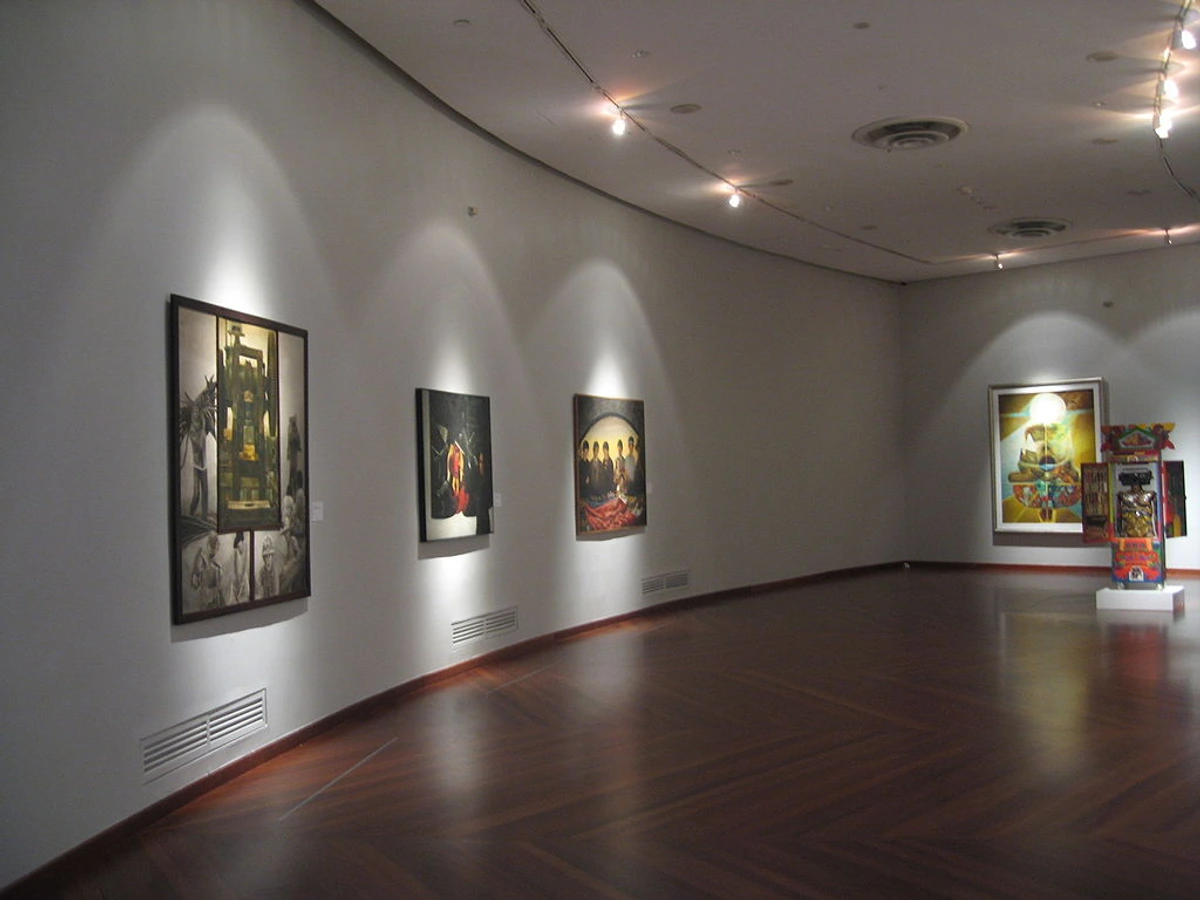
A Glimpse Inside: The Acquisition Journey (Simplified)
So, what does the actual process look like when a museum decides to buy something? Despite the challenges and complexities, there is a formal process. While processes vary between institutions, here's a simplified look behind the scenes, a bit like following a piece of art through a very official, very careful obstacle course:
Step | Action | Key Players |
|---|---|---|
| 1. Identification | Curator spots a potential artwork (gallery, auction, private collection). | Curator |
| 2. Research | Investigate significance, condition, provenance, price. | Curator, Conservators, Research |
| 3. Proposal | Curator prepares a detailed justification for acquiring the work. | Curator |
| 4. Committee Review | Acquisition committee debates the proposal, asks questions, votes. This is often the final internal decision point. | Committee Members |
| 5. Funding | If approved, secure funds from the appropriate source (acquisition fund, specific donation, etc.). | Finance Dept., Development |
| 6. Purchase | Finalize the sale agreement, arrange payment and transport. | Registrar, Legal, Finance |
| 7. Accessioning | Formally add the artwork to the museum's collection records, assigning it a unique number. | Registrar |
For Artists: Getting Your Work into a Museum Collection
Okay, let's talk about the dream, the big one: seeing your own work, maybe some of the colourful abstract pieces like these, hanging in a museum. How does that happen? It's rarely as simple as knocking on the door with a portfolio, trust me. I've thought about it, pictured myself standing there with a canvas, feeling utterly ridiculous. The reality is a much longer, less direct path, often built over years, sometimes decades. It's a journey that involves more than just making art; it's about building a career and a network.
- Catch a Curator's Eye: Curators visit galleries, art fairs, and conduct studio visits (often for artists already on their radar or recommended by trusted sources). They are constantly looking, researching, and evaluating. Sometimes, they discover artists through academic research, publications, or even word-of-mouth within the art world. Building relationships with gallerists, collectors, and other art professionals can indirectly lead to your work being seen by curators.
- Collectors as Champions: Often, the route is indirect. A collector might buy your work and later donate it to a museum. This is a very common path, highlighting the crucial role collectors play not just in the market, but in shaping future museum collections. It's a strange thought, isn't it? That the person who buys your art today might be the one who gets it into a museum tomorrow. It makes the connection between artist, collector, and institution feel deeply intertwined.
- Direct Donations (Later Career): Sometimes, established artists or their estates donate works directly, particularly significant pieces or archives.
- Museum Purchases (Less Common for Emerging): While museums do buy work from living artists, including contemporary figures, they often focus on artists who have already achieved a certain level of recognition and historical relevance, fitting into their specific collection strategy. It's a long game, often part of an artist's overall career trajectory. For most emerging artists, direct purchase by a major museum is more the exception than the rule. It's a goal to strive for, but not the only measure of success.
It's a tough path, filled with rejection and uncertainty. I know, because I'm walking it too, running my small, focused museum space like mine in 's-Hertogenbosch and constantly thinking about what fits the narrative and resources, while also dreaming of my own work finding a place in a larger collection someday. It's a bit of a paradox, isn't it? Being on both sides of the fence, understanding the aspirations of the artist and the complex realities of the institution.

Frequently Asked Questions (FAQ)
Still curious? Here are some common questions people ask about how museums acquire art:
Q1: Do museums buy art directly from living artists? A: Yes, they do, but it depends on the museum's focus and the artist's career stage and significance. It's more common for museums to acquire contemporary works through galleries or donations from collectors who initially purchased from the artist or gallery. (Discovering emerging artists is a key part of the art world ecosystem, and museums are part of that.)
Q2: How much money do museums spend on buying art? A: This varies wildly. Major institutions like the Met or MoMA might have acquisition funds in the millions, while smaller regional museums might have very limited budgets or rely almost entirely on donations. Specific purchase prices are often kept confidential. (Understanding art prices in the wider market gives some context, but museum acquisitions are often at the higher end.)
Q3: Can I just walk into a museum and offer to sell them my art? A: Generally, no. Museums have specific acquisition processes and curators responsible for identifying potential works. Unsolicited offers are rarely considered unless the artist is already well-established and known to the curators. It's a bit like trying to sell your homemade cookies to a Michelin-star restaurant – they have their own suppliers and processes. (Building relationships with galleries and collectors is usually a more effective path.)
Q4: Do museums ever buy art online? A: Yes, curators and acquisition departments monitor online auctions and gallery platforms, especially for contemporary or specialized fields. However, thorough research and often physical inspection are still crucial parts of the process. Buying art online presents unique challenges and opportunities for institutions too, requiring careful due diligence. (Online art auctions are increasingly relevant.)
Q5: Why do museums keep so much art in storage? A: Museums often own far more art than they can display at once due to space limitations, conservation needs (rotating works to limit light exposure), and the desire to mount focused temporary exhibitions. Think of it as a library – you can't display every book on the shelves at once, but they're all part of the collection and available for study or future exhibition. (Proper art care is essential, and storage is a big part of that.)
Q6: How do museums discover artists or artworks they might be interested in acquiring? A: Curators and researchers actively follow the art world. This includes visiting galleries and art fairs, reading art publications and criticism, attending auctions, conducting studio visits (often by invitation or recommendation), and performing in-depth historical and market research. Networking within the art community is also key. (The role of an art curator is multifaceted and involves constant looking and evaluating.)
Q7: What's the difference between acquiring for the permanent collection and for a temporary exhibition? A: Works acquired for the permanent collection become the museum's property and are intended for long-term preservation, study, and eventual display. Works for temporary exhibitions are often loans from other institutions, private collectors, or artists, displayed for a limited time and then returned. The acquisition process discussed here primarily relates to the permanent collection.
Q8: How involved are museum boards or trustees in acquisitions? A: Museum boards, particularly the acquisitions committee (often composed of trustees), play a significant role. They provide oversight, approve major purchases (especially those using acquisition funds), ensure the acquisitions align with the museum's mission and fiduciary responsibilities, and often contribute financially or through their connections to facilitate donations. (Understanding the art world ecosystem involves recognizing the different players and their influence.)
The Final Brushstroke
So, do museums buy art? Yes, they absolutely do. But it’s a deliberate, often slow, and highly selective process, deeply intertwined with the generosity of donors, the strategic vision of curators, and the careful stewardship of resources. It's not the freewheeling shopping spree we might initially picture; it's more like a complex, multi-layered negotiation and a long-term commitment.
The next time you're admiring a piece in a museum, take a moment to consider its journey. Was it a cherished gift passed down through generations? A strategic purchase filling a crucial gap? The story behind how it got there is often as fascinating as the artwork itself. It’s a testament to the complex ecosystem that supports these vital cultural institutions, ensuring these treasures are preserved for all of us – even if it means their acquisition methods are a little less Hollywood blockbuster and a bit more carefully considered chess match. And maybe, just maybe, one day a piece you love, or even one I created, will find its way onto those hallowed walls, adding another chapter to the ongoing story of how art finds its place in the world. That's a dream many artists share, a quiet aspiration behind the vibrant colours and bold strokes.
